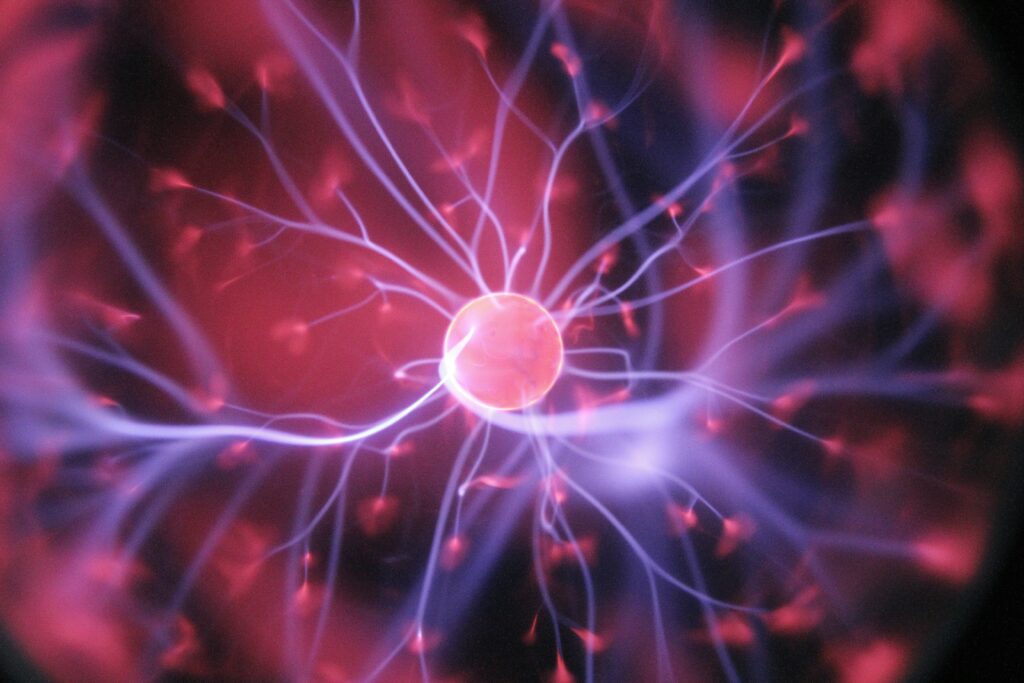Quantitative electroencephalography (quantitative EEG) is a brain mapping software that measures brain activity. Quantitative EEG measures brain activity by analyzing brain wave patterns and thought processes. This type of brain mapping aids mental health professionals in the treatment of client’s mental health disorders by informing treatment plans.
Quantitative EEG’s Roots
In 1929, Hans Berger was the first scientist to test quantitative EEG on a human. However, in the mid 20th century, a group of researchers led by Ross Adey at University of California, Los Angeles were the first to digitize the brain mapping process. Berger laid the groundwork for the technology, and Adey and his team modernized the concept for revolutionary applications.
Understanding How Quantitative EEG Works
Quantitative EEG operates using electrodes placed on the head and body of the patient. These electrodes measure biosignals and voltage fluctuations of the brain. The software first developed by Adey then maps the brain activity. This mapping will show any patterns in activity, which can indicate different emotions, feelings, traumas, and mental health conditions like anxiety or depression. Abnormal electrical discharges that appear as sharp spikes or waves that come and go could indicate something wrong with the brain.
Quantitative EEG Has Revolutionized Mental Health Care
Mental health conditions are becoming easier to diagnose with the use of brain mapping. It is reliable and consistent to use, and can show the progression of a diagnosis throughout treatment. Quantitative EEG can also show the brain’s behavior in different scenarios such as while sleeping or while recalling past traumas or stressors. Through the brain mapping, psychiatric professionals can see a visual representation of their client’s brain activity and how they experience the world. This has revolutionized the caliber of care that providers are able to give.
Quantitative EEG is carried out multiple times throughout diagnosis and treatment. This shows treatment providers how the brain is responding to different medications and methods. Brain mapping helps the team chart a patient’s progress without relying on non-tangible indicators like feelings or emotions. Sometimes a patient may think they’re feeling better, but the brain map only shows minor progression. This informs individualized treatment plans.
Find a Reliable EEG Provider
Finding a trusted quantitative EEG provider requires research to find the right space for your needs. The admissions team at Rise Above Treatment will help find the right quantitative EEG program based on those needs and your insurance coverage. Do you feel like you or someone you may know could benefit from quantitative EEG brain mapping for mental health conditions? Give us a call and get started on your recovery.
About Rise Above Treatment
Rise Above Treatment is a Murrieta, California based addiction treatment center that is committed to helping people recover from drug, alcohol, and other mental health concerns that are holding them back. We offer a range of services, including medical detox, residential rehab, addiction PHP, sober living options, and intensive outpatient programs. If you or a loved one is experiencing addiction, visit us at riseabovetreatment.com or give us a call at (855) 948-6325 and begin your journey to recovery.



